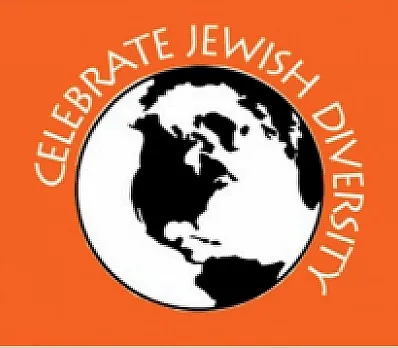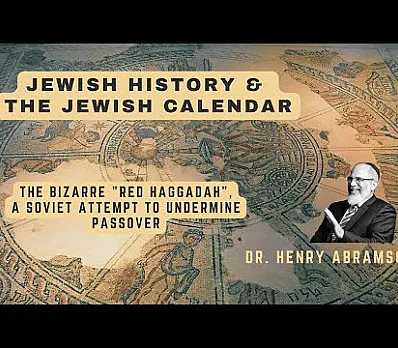Telling the Story
-
Ha lachma anya d’achaloo avhatana b’ara d’meetzrayeem. Kol dichfeen yay-tay vi’yachool, kol deetzreech yay-tay viyeesfsach. Hashata hach. Li’shana ha-ba-aa bi’arah di’yeesrael. Hashata av’day, li’shana ha-ba a bi’nay choreen.
This is the bread of affliction, which our ancestors ate in the land of Egypt. Let all who are hungry come and eat. Let all who are in need, come and celebrate Passover. Today, we are here. Next year, in the land of Israel. Today, we are slaves. Next year, we will be free.
Written in Aramaic, this statement begins the narration of the Seder by inviting the hungry to our table. Aramaic, Jewish legend has it, is the one language which the angels do not understand. Why then is Ha Lachma spoken in Aramaic? To teach us that where there is hunger, no one should rely upon the angels, no one should pray to the heavens for help. We know the language of the poor, for we were poor in the land of Egypt. We know that we are called to feed the poor and to call them to join our celebration of freedom.
Inspired to create
your own Haggadah?
Make your own Haggadah and share with other Seder lovers around the world
Have an idea
for a clip?
People like you bring their creativity to Haggadot.com when they share their ideas in a clip
Support Us
with your donation
Help us build moments of meaning and connection through
home-based Jewish rituals.
OUR TOP CONTRIBUTORS
Passover Guide
Hosting your first Passover Seder? Not sure what food to serve? Curious to
know more about the holiday? Explore our Passover 101 Guide for answers
to all of your questions.






















